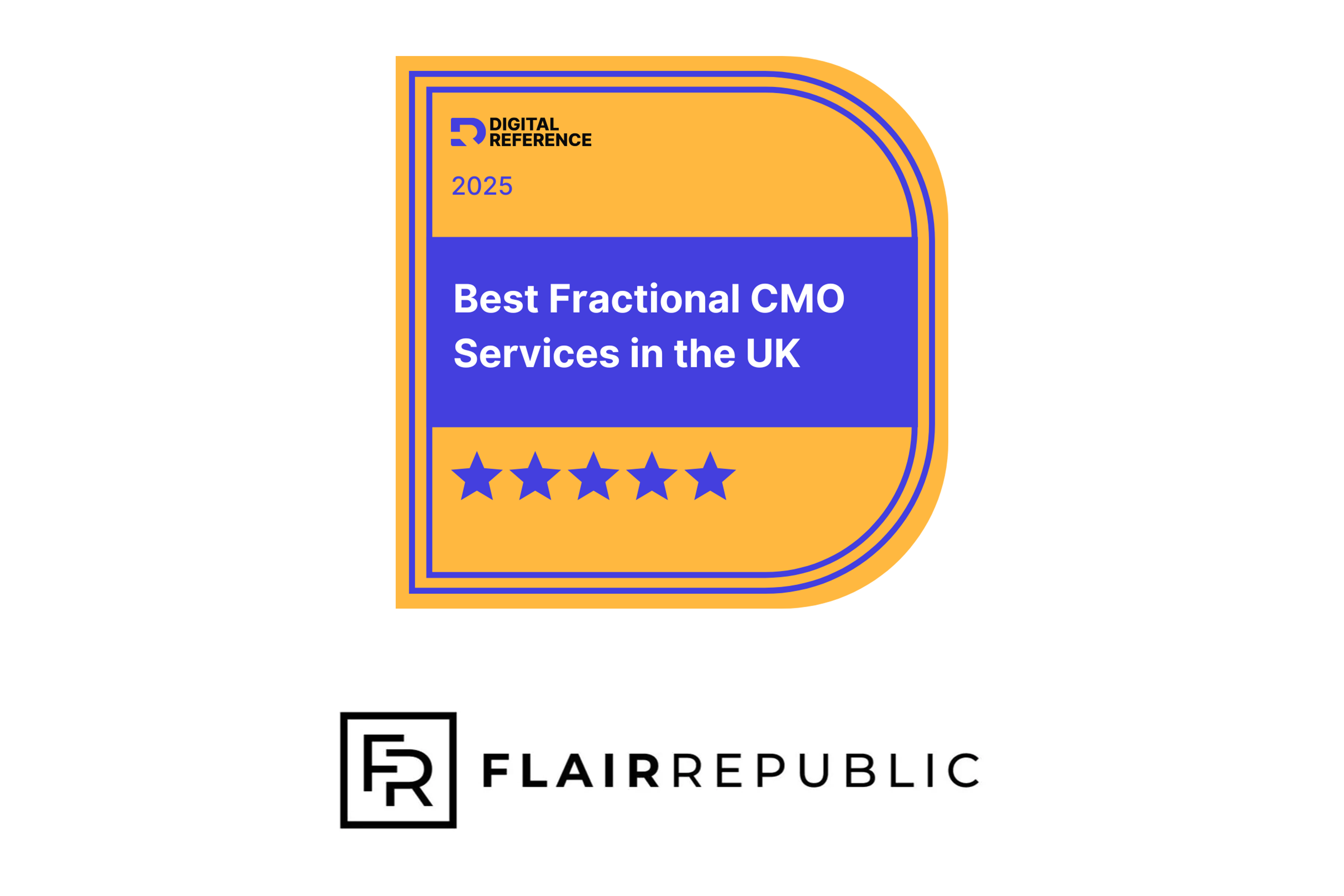
What is a SERP? A Guide to Search Engine Results Pages
Contents
If you’ve delved into SEO, it’s likely you may have heard of a SERP before. But what exactly is a SERP? And what is the importance of search engine results pages? Every business dreams of being on the first page of Google, so we’ve put together this guide to tell you everything you need to know when it comes to search intent and ranking signals.
What is a SERP?
SERP stands for Search Engine Results Page, and it’s the digital battleground where websites compete for your attention. When you type a query into a search engine like Google, Bing, or DuckDuckGo, the SERP is the page that appears, showcasing a list of results deemed most relevant to your search.
But a SERP is far more than just a simple list. It’s a complex ecosystem of various elements, each vying for your click. At the top of search results, you might find paid advertisements, cleverly designed to look like organic results. Below these, you’ll typically see the coveted “organic” search results – web pages that have earned their spot through relevance and quality content.
But why should you care about SERPs? Well, they’re the gatekeepers of the internet, influencing searchers on what information they consume and which websites they visit.
For businesses and content creators, mastering the art of SERP visibility can mean the difference between online obscurity and marketing transformation. It’s not just about ranking high, but presenting your content in a way that entices users to click, whether through compelling meta descriptions, eye-catching rich snippets, or strategic use of schema markup.
In essence, SERPs are the digital storefronts of the internet, where first impressions are made and user journeys begin. They’re where the power of algorithms meets the art of content creation, resulting in a constantly shifting landscape that shapes our online experiences in ways both subtle and profound.
The Evolution of SERP: From Text to Multimedia
Search Engine Results Pages (SERPs) have evolved from simple lists of links to rich, dynamic pages brimming with interactive features, multimedia, and immediate answers. For anyone in digital marketing, especially SEO, understanding SERP’s transformation is key to developing a strategy that taps into all the latest opportunities to influence ranking factors.
Below, we dive into the types of SERPs and their essential features, explore the rise of multimedia content on SERPs, and provide tips to optimise for this ever-changing landscape.
Types of SERPs
The SERP landscape has expanded to include a wide variety of result types tailored to different user intents. Let’s look at some of the most common and impactful SERP types that shape today’s SEO strategies.
1. Organic Results
Organic results are the unpaid links that Google’s algorithm ranks based on relevance, authority, and user experience factors. These remain the backbone of search engine results, yet earning high placement here has become more challenging as competition grows and as Google prioritizes newer SERP features. This is why many turn to search engine optimisation as part of their marketing strategy.
2. Paid Results (PPC Ads)
Paid ads appear at the top and bottom of the SERP, labeled as “Ad.” They’re powered by Google Ads and operate on a pay-per-click model, allowing businesses to bid on specific keywords. Though paid search results don’t contribute to organic SEO, PPC ads play a critical role in capturing immediate visibility for targeted queries.
3. Featured Snippets
Featured snippets are concise answers displayed at the top of the SERP, also known as “position zero.” They aim to provide quick information without requiring a click-through, making them valuable for both users and SEO. Snippets typically appear in response to questions and include text, lists, or tables, and optimizing for these can yield high visibility.
4. People Also Ask (PAA)
People Also Ask boxes show related questions to the original query, with each question expanding to reveal a brief answer. This feature helps users refine their search, and for marketers, it presents a fantastic opportunity to identify and answer common queries in content, potentially securing a spot in this highly visible SERP feature.
5. Local Pack
The Local Pack displays when a search has local intent, showing a map with nearby business listings. For businesses targeting local customers, appearing in the Local Pack is essential. Ranking here requires effective local SEO practices, such as optimizing Google Business Profiles and collecting positive reviews.
6. Image Packs
Image Packs appear when Google identifies a strong visual intent behind a query. Often displayed as a horizontal row of images, these are pulled from sites with image-rich content and strong alt text optimization. For businesses in visually driven industries, optimizing images can be a great way to tap into this SERP feature and appear in Google Images.
7. Video Results
Video Results often surface in response to “how-to” and informational queries. YouTube videos are particularly prominent here, as Google owns YouTube and often ranks its content highly. By optimizing video descriptions, titles, and tags, marketers can capture additional SERP real estate.
8. Knowledge Panel
Knowledge Panels appear on the right side of the SERP, providing a summary of information for well-known people, places, or things. These panels pull information from trusted sources like Wikipedia. Although not directly controlled by businesses, having an established online presence can increase the chances of being featured.
9. Site Links
Site links appear under the main website link and provide direct access to key pages within a site, such as “About Us,” “Contact,” or popular product pages. These links improve navigation and encourage users to explore a site’s structure. Optimizing site structure and submitting an XML sitemap can help encourage Google to display site links.
10. Shopping Results
Shopping Results, or Product Listing Ads (PLAs), appear for searches with a clear purchase intent, displaying images, prices, and ratings. These results allow users to compare products directly within the SERP, making them an essential feature for e-commerce brands.
The Importance of SERP in SEO
SERP features significantly influence SEO strategies because they alter the traditional “10 blue links” structure, making it essential to adapt. Here’s why these features are game-changing:
- Increased Visibility: SERP features often appear above organic results, giving prime visibility to those who rank for them. Featured snippets, PAA, and local packs can all drive clicks without requiring the top organic spot.
- Enhanced User Engagement: Rich media elements like videos, images, and knowledge panels engage users by providing immediate answers or relevant visuals. They improve the user experience, leading to more interaction.
- Zero-Click Searches: With features like featured snippets and knowledge panels, users can get information without ever clicking on a link. Though it reduces click-throughs, brands can still gain recognition through visibility.
- Data-Driven Insights: Understanding the types of SERP features that appear for target keywords provides insights into user intent. For example, if image packs frequently appear, it might signal a visual intent that you can optimize for with image-rich content.
Optimising for SERP Features
To maximise the benefits of these SERP features, here are some key optimization strategies:
1. Optimize for Featured Snippets
- Identify common questions related to your industry using tools like Answer the Public or Google’s PAA section.
- Provide clear, concise answers in your content.
- Use headers and lists to improve readability and increase chances of being selected.
2. Invest in Local SEO
- Set up a complete Google Business Profile with accurate information and regular updates.
- Collect positive reviews to boost credibility.
- Optimize for keywords with local intent (e.g., “near me” phrases).
3. Use Structured Data (Schema Markup)
- Implement schema markup for elements like products, reviews, star ratings and FAQs to improve chances of earning rich results.
- Structured data helps Google understand your content better, which increases your chances of appearing in snippets or as other SERP features.
4. Create and Optimise Video Content
- For “how-to” and informational content, create videos and upload them to YouTube with well-optimized titles, tags, and descriptions.
- Embed videos in your content to increase engagement and improve the likelihood of ranking for video result search queries.
5. Focus on Image Optimisation
- Use high-quality images with relevant file names and descriptive alt text.
- Optimize images for faster loading times to improve your chances of ranking in Image Packs.
Measuring SERP Impact and Adjusting Your SEO Strategy
Tracking SERP performance is essential for an evolving SEO strategy. Here’s how you can stay on top of your SERP presence:
- Use Google Search Console: Track impressions, clicks, and average position to understand your organic performance.
- SERP Tracking Tools: Tools like SEMrush, Ahrefs, and Moz help track your rankings across various SERP features and can identify areas for optimization.
- Analyse Click-Through Rate (CTR): Understand how each SERP feature impacts your CTR and refine your strategy to improve engagement.
Staying Ahead with SERP Optimisation
The SERP landscape has evolved into a dynamic, multimedia-rich space where visibility means more than just ranking. From featured snippets to video results, each feature offers unique ways to capture user attention and fulfill intent. By understanding these types and how to optimize for them, your business can better navigate the competitive SEO landscape, reaching more users with content that’s directly aligned with their needs.
Adapting to these changes might be challenging, but by keeping an eye on emerging SERP trends and focusing on user-centric SEO, you can maintain a strong presence on today’s search engine results pages.






